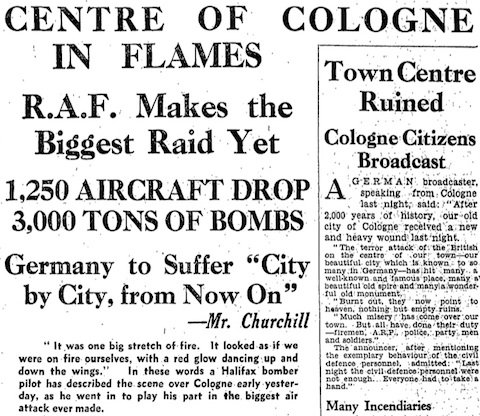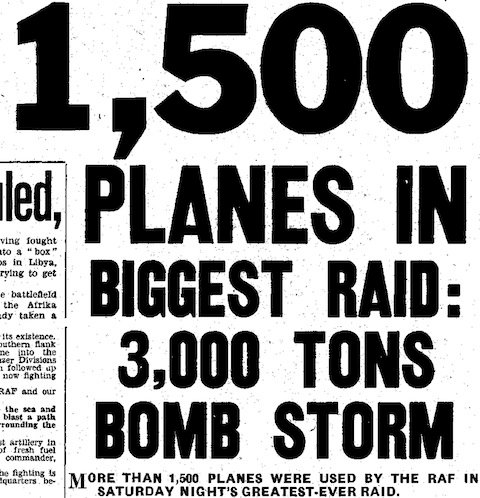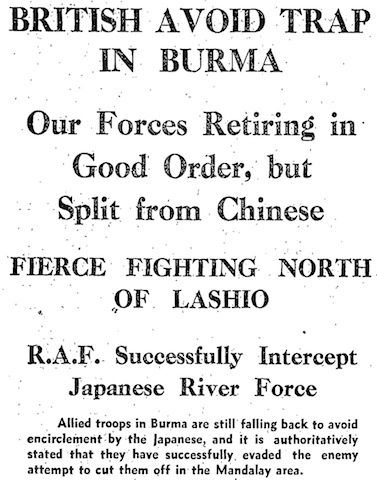Recentlyish, someone called dedonarrival left the following comment here on a post about the British demand for reprisal bombing of Germany in return for the Blitz:
Such gross ignorance. Google: British terror bombing and note when it started and when Germany retaliated with its twin engined medium bombers and range limited fighter escort .
I don't know who dedonarrival is; and they apparently never returned to read the responses. Not that they deserved much of one. But I thought I'd do what they suggested and Google British terror bombing to see what came up. Actually, most results refer to terror bombing of, rather than by, Britain, particularly the 7/7 attacks. So I added dedonarrival to the search terms to see if they had discussed this topic before, and it turns out that they (or someone with the same pseudonym) had. I found a comment on a New Statesman article about Hiroshima as a war crime which reads, in part:
2. 'It may be Inconvenient History but England rather than Germany initiated the murderous slaughter of bombing civilians thus bringing about retaliation. Chamberlain conceded that it was "absolutely contrary to International law." The Peoples' War, Angus Calder. London, Jonathan Cape, 1969.*
'Hitler only undertook the bombing of British civilian targets reluctantly three months after the RAF had commenced bombing German civilian targets. Hitler would have been willing at any time to stop the slaughter. Hitler was genuinely anxious to reach with Britain an agreement confining the action of aircraft to battle zones J.M. Spaight, CB, CBE, Principal
Secretary to the Air Ministry,
Bombing Vindicated.'The inhabitants of Coventry, for example, continued to imagine that their sufferings were due to the innate villainy of Adolf Hitler without a suspicion that a decision, splendid or otherwise, of the British War Cabinet, was the decisive factor in the case.' F.J.P. Veale, Advance to Barbarism, p. 169.
Advice: mentioning such facts while grandads in the vicinity generally proves inexpedient.
Assuming it's the same dedonarrival, it at least shows where they are coming from; and makes some sort of argument which can be examined and critiqued. Moreover, as I'll come to later these quotes can be found elsewhere on the Internet being used for the same purpose, so they're worth treating seriously. Except for the fact that they're mostly bogus.
...continue reading



